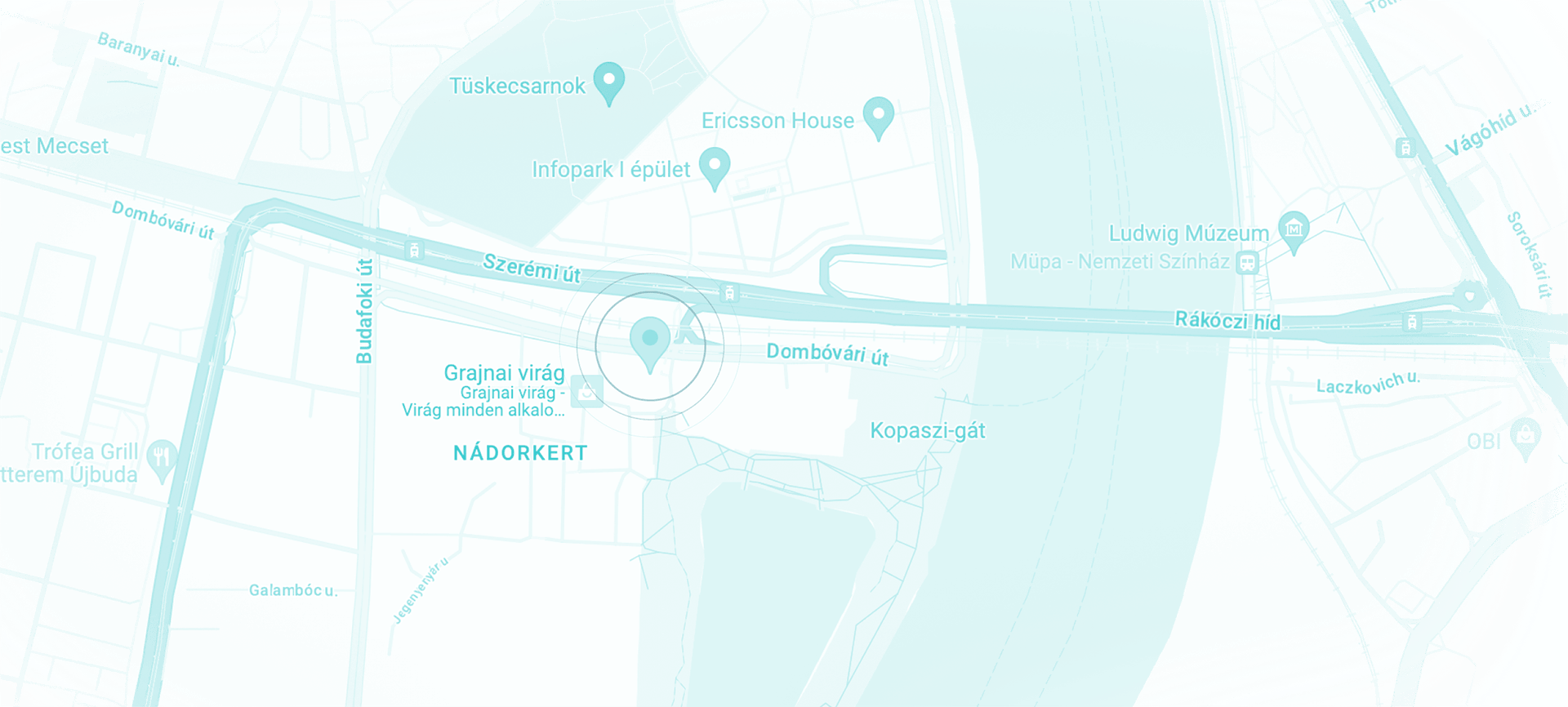
EES is finally going live in October 2025
The European Entry/Exit System (EES) has been in the works for years. Now it seems the wait is over, and gradual rollout will finally start on October 12, 2025, in Estonia. Other member states will follow suit one by one, and the process should be completed by April 2026.
The European Entry/Exit System (EES) has been in the works for years. Now it seems the wait is over, and gradual rollout will finally start on October 12, 2025, in Estonia. Other member states will follow suit one by one, and the process should be completed by April 2026.
The Entry/Exit System in a nutshell
The Entry/Exist System (EES) is a new IT solution that allows for international cooperation between European countries regarding when and where third-country national travelers entered and exited the Schengen zone. The main objective is to more easily identify overstayers, and this way increase control over who may stay in each member state.
The new system does not apply to local citizens and residents: they may continue to come and go as they please, same as before. Only third-country nationals without local residency or long-term visas will be registered.
Gradual rollout from October 2025
EES is supposed to go live as of October 12, 2025. The first country to apply it will be Estonia. Other European countries are supposed to join one by one over the following months, and the process should be completed by April 2026. For now, information is not available on when Hungary will join.
Currently, EES countries are: Austria, Belgium, Bulgaria, Croatia, the Czech Republic, Denmark, Estonia, Finland, France, Germany, Greece, Hungary, Iceland, Italy, Latvia, Liechtenstein, Lithuania, Luxembourg, Malta, the Netherlands, Norway, Poland, Portugal, Romania, Slovakia, Slovenia, Spain, Sweden, and Switzerland.
In Cyprus and Ireland, even though they are members of the EU, passports are still stamped manually.
Data management in the EES
The EES will collect and manage data relevant to your visit to Europe. These include:
- Data listed in your travel document (full name, date and place of birth, nationality, etc.)
- Date and place of entering and leaving an EES country
- Biometric data (facial image and fingerprints)
- Refusal of entry, if that happens
Your data will be stored for 3 years after recording, unless no exit is recorded. In that case, data will be stored for 5 years.
Better immigration control with the EES
The EES will be connected to the Visa Information System (VIS) and the European Travel Information and Authorisation System (ETIAS – which is supposed to launch in Q4 2026), and traveler data will be checked against these. Once the EES and the ETIAS become fully operational, national authorities will be able to identify visitors who have overstayed their visas more easily. Consequences of an overstay will depend on the regulations of the country where the person is staying.
Your Helpers with immigration
Helpers will provide updates about when EES and ETIAS comes online in Hungary. This project has been in development for a few years now, and we want everyone who is interested in living, working, and doing business in Hungary to be prepared for any changes. Of course, if you have Hungarian residency, you will still be able to enter Hungary without additional paperwork.
Helpers has 20 years of experience providing business and residency services to international clients in Hungary. Should you need assistance, feel free to contact us anytime.
If you want to stay up to date, follow us on Facebook, or sign up for our monthly newsletter.
Contact
Contact us today
Monday - Friday
9am - 5pm CET
Helpers Hungary Kft
Budapart Gate
Dombóvári út 27
Budapest 1117, Hungary
If you’re visiting us, please use entrance A and come to the 2nd floor.






